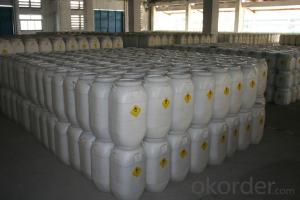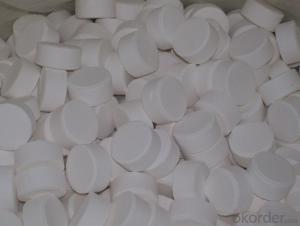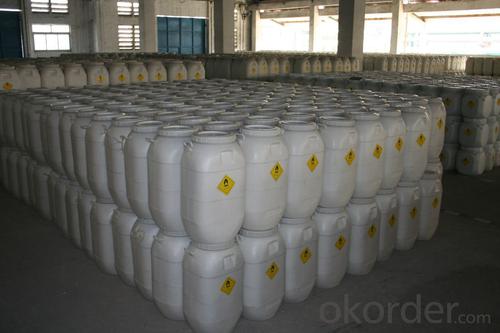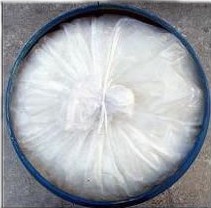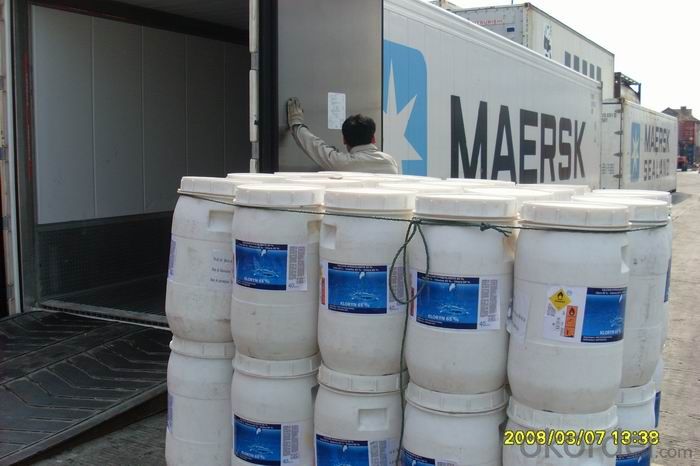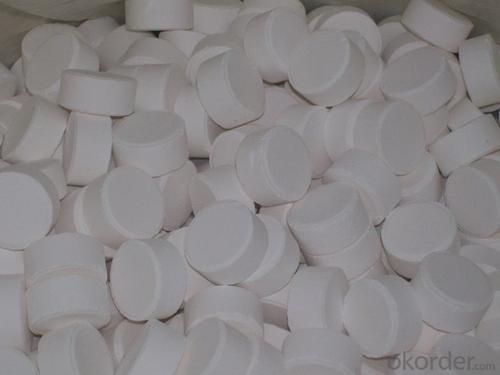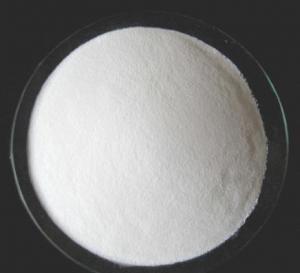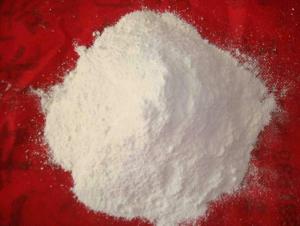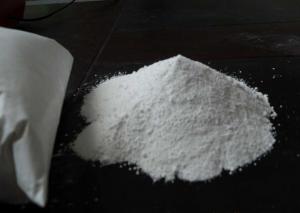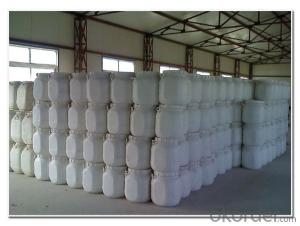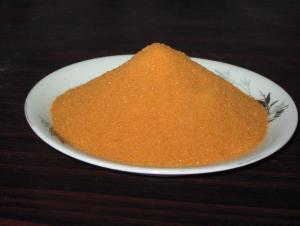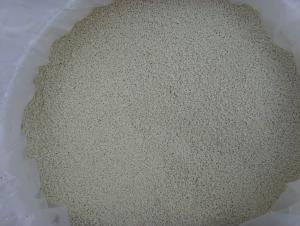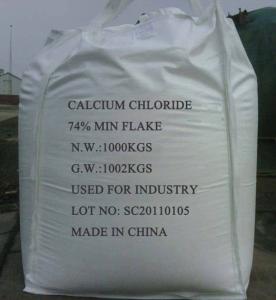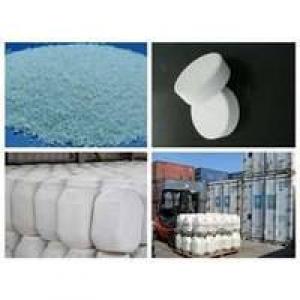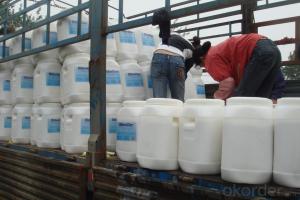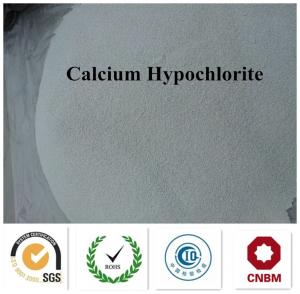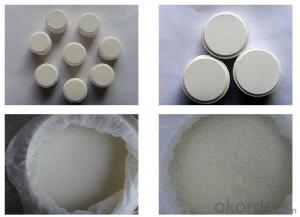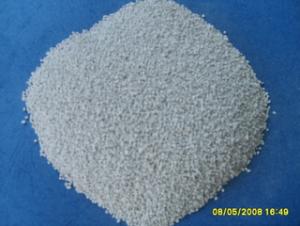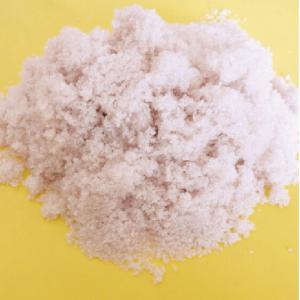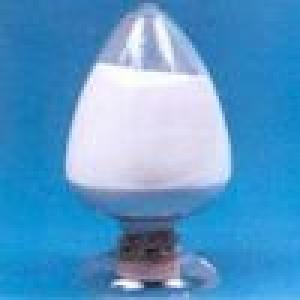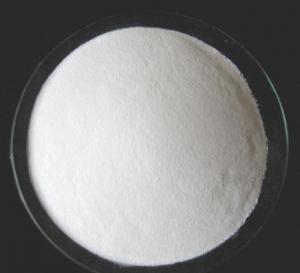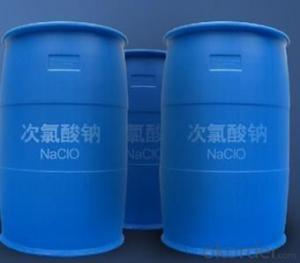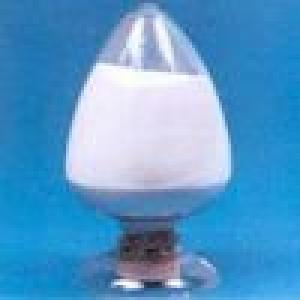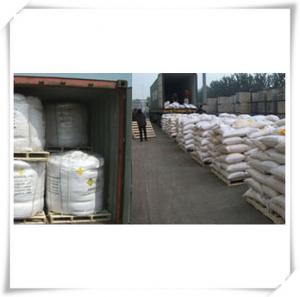Calcium Hypochlorite Granular Used for Water treatment
- Loading Port:
- Tianjin
- Payment Terms:
- TT OR LC
- Min Order Qty:
- 25 m.t.
- Supply Capability:
- 2000 m.t./month
OKorder Service Pledge
OKorder Financial Service
You Might Also Like
Product name
Calcium Hypochlorite ( Chemical name: Calcium Hypochlorite ); Molecular formula:Ca(clo)2
Grade & Technical Specifications:
Index name | Top-grade | First grade |
Available Chlorine | 70% min | 65% min |
Moisture | 5.5-10% | 5.5-10% |
Yearly Loss of active Chlorine | 8% | 8% |
Undissolved substance | 5% | 6% |
Color | white or light-grey | |
Shape | power,granular, mixed, or following your demand | |
Price | market price |
Applications:
1. For bleaching purpose of wood pulp, silk, cloth and fibre.
2. Disinfection and water-treatment.
3. Disinfectant for chemical poisonous and radioactive substance.
Using Method of Calcium Hypochlorite
1) Mix 100 kgs of calcium hypo 65% into 1 MT of water. The solution will be bleaching liquid at a density of 6.5% effective chlorine.
2)1% disinfection liquid can be formulated by adding 1.7 grams of calcium hypo 65% into 1 MT of water.
Advantages of "Yufeng" Calcium Hypochlorite:
1) High effective chlorine content;
2) Good stability. Can be stored a long time at normal temperature with little chlorine loss;
3) Good solubility, less water-insoluble matters.
Cautions In Application:
1. Should be stored in cool and dry warehouse away from heating sources and avoid direct sunlight.
2. In transportation, contact with such should be avoided as sunlight, heating,moisture, organics, oil and acids.
How to handle in case of leakage:
Collect in time and seal properly.
measures in case of emergency:
Wash with thin soda water or diluted ammonia water in case of skin-burning.
Fire Extinguishing Methods:
Sand, CO2 foam can be used. Sulphate extinguisher is forbidden.
Packaging of Materials:
Normally in plastic or steel drums lined with inner plastic bag of 45-50kg net each.
Can be adaptable in terms of various requirements.
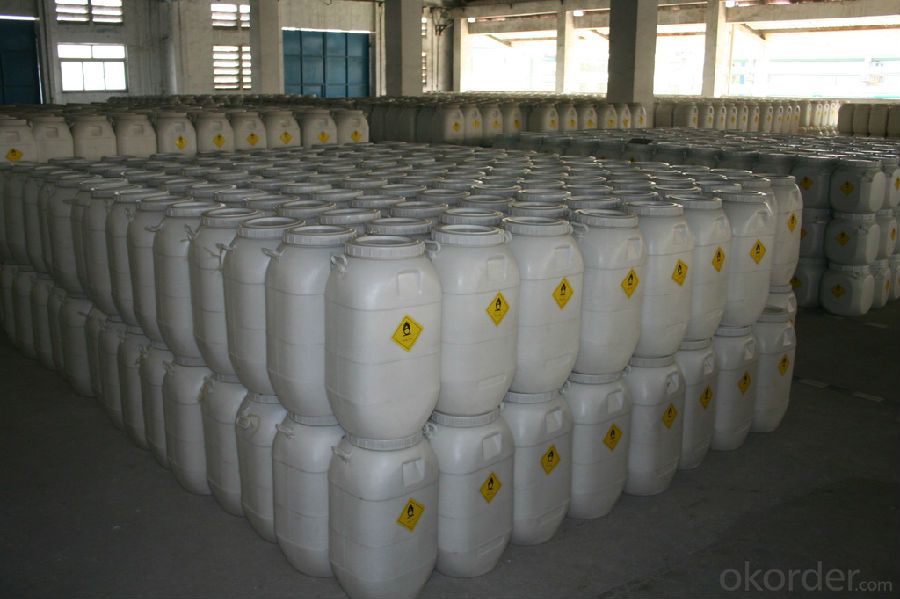
- Q: how come a penny can hold more drops of the salt water solution than just plain tap water from your faucet?
- Surface film tension is the property of a liquid by which it acts as if its surface is a stretched elastic membrane. This tension allows insects to stand on the water’s surface. Surface film tension is caused by the attraction of water molecules to each other; in addition, the surface molecules are attracted to the underlying molecules. The amount of surface film tension is affected by both temperature and dissolved substances. An increase in temperature lowers the net force of attraction among molecules and so decreases the surface tension. An increase in dissolved organic substances also lowers the surface tension However, an increase in dissolved inorganic salts causes a rise in surface tension - increases the attraction of the surface molecules for the underlying molecules.
- Q: Does the inorganic salt affect the gpc molecular weight results?
- GPC determination of molecular weight through the column when the molecular size of the molecular peak, the molecular weight of the early comparison of the peak, that is relatively large molecules in the GPC pillars can not pass, pass the molecules were detected out of the peak, This molecular weight is not absolute, since the GPC determination is actually the size of the molecule rather than the size of the molecule, and of course it is also possible to approximate the molecular weight of the molecular weight of the molecule. Large; exactly how their relationship, with GPC can not be determined, only through the standard liquid molecular weight to compare, this result is relative, not absolute.
- Q: The human body does not intake of minerals can be? Lack of minerals on the human body what kind of harm?
- Body weight: 96% is organic matter and moisture, 4% for the inorganic elements of the body about 50 kinds of minerals, in these inorganic elements, has been found in about 20 elements constitute the body tissue, to maintain physiological function, Biochemical metabolism necessary, in addition to C, H, O, N mainly in the form of organic compounds, the rest are known as inorganic salts or minerals can be divided into constant elements and trace elements two categories.
- Q: Salt is not a kind of inorganic salt
- Is an inorganic salt of inorganic salts by metal cations and non-metallic anions or ammonium ions and non-metallic anion compounds. Sodium chloride is a kind of inorganic salts!
- Q: What are organic and inorganic salts?
- An organic salt is a salt containing an organic ion ( carbon atoms ) The reaction product of an organic acid and an inorganic base, for example, sodium acetate (CH3COONa) from the reaction of acetic acid (CH3COOH) and sodium hydroxide (NaOH). The Organic ion, here, is CH3COO- Inorganic compounds come principally from mineral sources of non-biological origin. The modern definition of inorganic compounds often includes all metal-containing compounds, even those found in living systems. So, Inorganic salts are salts of such elements (salts that don't contain carbon atoms) For eg: NaCl, KCl, BaCl2, Al2SO4, etc
- Q: The inorganic salt is composed of?
- Inorganic salts are the general term for various inorganic salts. They are composed of inorganic acid radicals and metal cations or ammonium salts, mainly salts of organic acid salts, such as sodium chloride, potassium chloride and so on.
- Q: is table salt organic or inorganic, why?
- Inorganic - NaCl - no complex carbon compounds.
- Q: what percent of dissolved salts found in seawater are minor inorganic salts, or trace?
- Seawater varies in composition a little but generally is about 3.5% salts. Of this about 3.1% is sodium chloride. So the remaining 0.4% is the other salts (Magnesium, Calcium and Potassium mostly, followed by just about every natural element in the periodic table in trace amounts)
- Q: therefore indigestible..that I should look for organic plant based trace mineral compounds..anyone care to comment?
- All trace minerals are "inorganic". That's what a mineral is. What the article means is that they are inorganic in the sense that the supplements just have mineral compouds, rather than being derived from a food source. That doesn't make them indigestible, but it can mean they aren't as readily absorbed. Vitamins and minerals are ALWAYS absorbed better when derived from food sources, such as eating a balanced diet, then they are by popping a supplement with a mineral compound in it. But if you need supplements, I don't know if there's such a striking difference between regular mineral supplements or "plant-based" whole food supplements. I don't doubt that whole food plant supplements are probably better, but I don't know that they're better to the degree that it makes the regular supplements "terrible". The best source is STILL diet.
- Q: My body fat rate 14.6 normal body fat percentage 31.2 is more than the normal value I do not know the difference between the two please God answer ah Thank you very grateful and then those elements of my lack of God is the situation ah I love meat is not a vegetarian! And I super love to eat eggs! And my super love to drink water!
- I am also a little lower inorganic salt so point, the coach said that usually drink some salt. Protein and water are low can only explain a problem, have a good fat under the conversion.
Send your message to us
Calcium Hypochlorite Granular Used for Water treatment
- Loading Port:
- Tianjin
- Payment Terms:
- TT OR LC
- Min Order Qty:
- 25 m.t.
- Supply Capability:
- 2000 m.t./month
OKorder Service Pledge
OKorder Financial Service
Similar products
Hot products
Hot Searches
Related keywords
